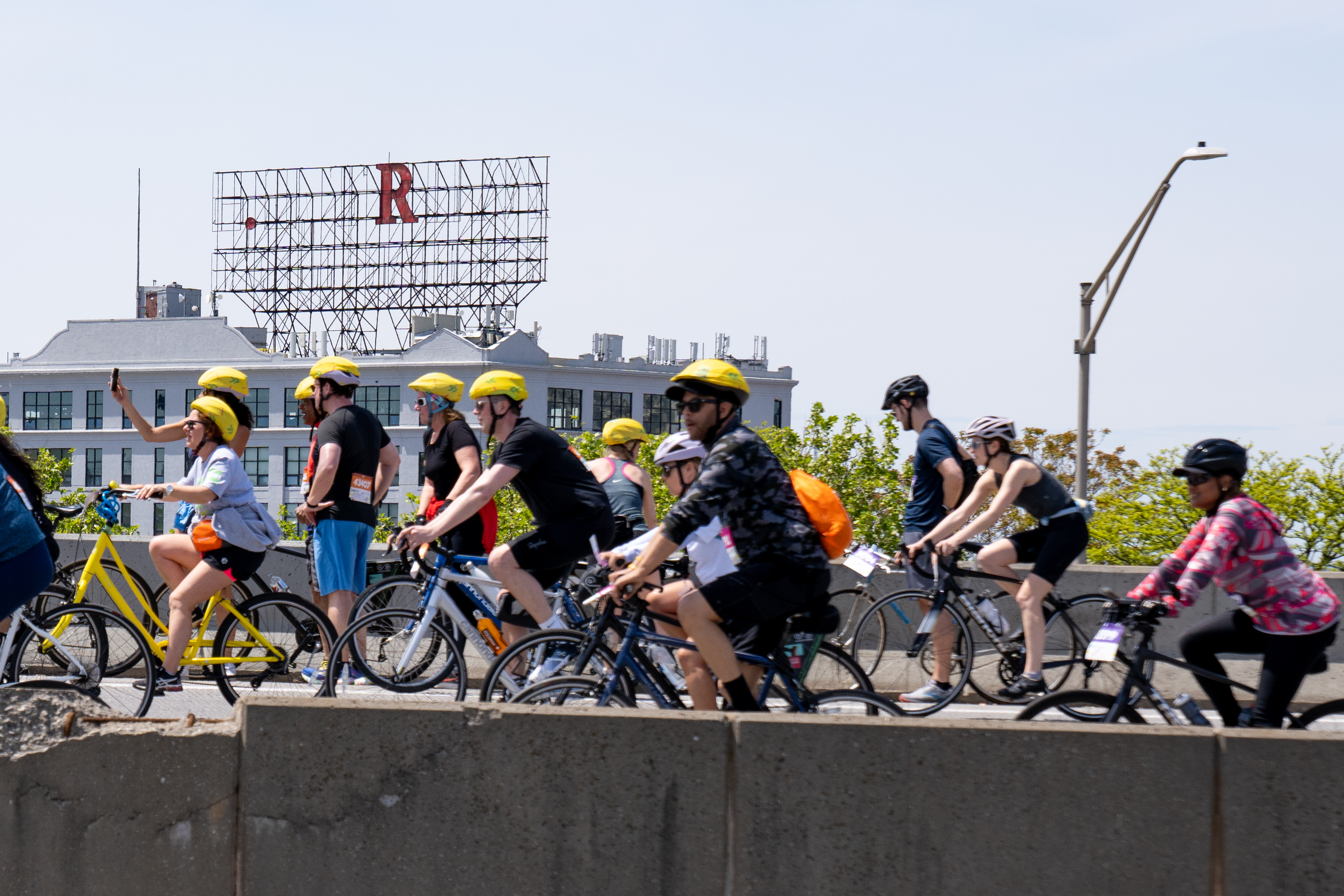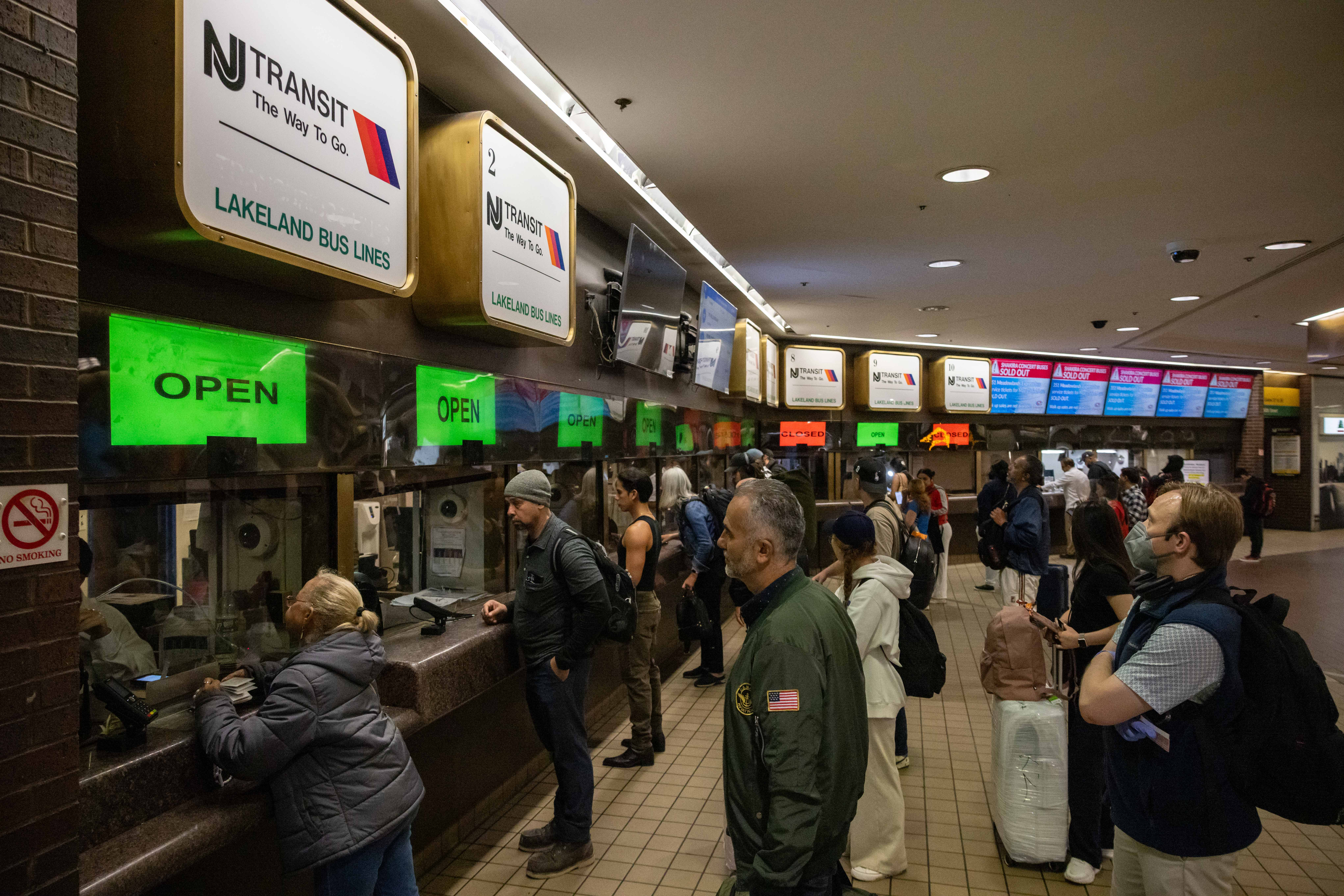Five Boro Bike Tour 2024: Closures, Times & Expert Tips
Gear Up! Your Guide to the Five Boro Bike Tour 2024: Closures, Times, and Tips
Get Ready to Ride: The Five Boro Bike Tour is Here!
Calling all cycling enthusiasts! Get ready to experience the thrill of a lifetime as the iconic Five Boro Bike Tour rolls through New York City. This annual event, held every first Sunday in May, is a celebration of cycling, community, and the vibrant tapestry that makes up the Big Apple. With over 32,000 riders expected to participate, it's an event you won't want to miss. But before you hop on your bike, let's dive into the essential details you need to know, from street closures to start times and everything in between.
Understanding the Epic Ride: What's the Big Deal?
The Five Boro Bike Tour isn't just a bike ride; it's a New York City tradition. Dating back to the late 1970s, this 40-mile adventure offers a unique perspective on the city's diverse neighborhoods. Imagine pedaling across iconic bridges, cruising through bustling streets, and soaking in the sights and sounds of Manhattan, Brooklyn, Queens, the Bronx, and Staten Island. It’s a chance to see the city in a way you never thought possible.
A Global Gathering
The allure of the Five Boro Bike Tour extends far beyond the city limits. Riders from all corners of the globe flock to New York City for this unforgettable experience. Whether you're a seasoned cyclist or a casual rider, the tour offers something for everyone.
Mark Your Calendars: Sunday, May 5th (Typically!)
The Five Boro Bike Tour traditionally takes place on the first Sunday in May. So, unless there are unforeseen circumstances, that's the date you'll want to remember. Make sure to double-check the official Bike New York website for the most up-to-date information and any potential changes. After all, it's better to be safe than sorry, right?
Start Time and Location: Where the Magic Begins
The adventure kicks off around 7:30 a.m. in Lower Manhattan. The starting point is located at Church Street and Franklin Street. This is where thousands of cyclists will gather, buzzing with excitement and anticipation for the ride ahead. Arrive early to secure your spot and soak in the pre-ride atmosphere.
The Finish Line: Victory in Staten Island
After 40 miles of pedaling, the finish line awaits you at St. George Terminal in Staten Island. What better way to celebrate your accomplishment than with stunning views of the Manhattan skyline? Prepare for a sense of accomplishment and a well-deserved feeling of exhaustion!
Navigating the City: Public Transportation is Your Best Friend
Planning on getting around the city on tour day, but *not* participating in the tour? Here's the golden rule: embrace public transportation. With numerous street closures in place, navigating by car will be a major headache. The subway is your trusty steed for getting around without getting caught in the cycling currents. Think of it as your own personal shortcut!
Street Closures: Prepare for Detours
Now for the crucial information: street closures. These closures are essential for ensuring the safety of the riders and managing the flow of traffic. Be prepared for detours and plan your routes accordingly. The following streets will be closed until 6 p.m. (subject to change, so check official sources closer to the event date):
Manhattan Street Closures
- Greenwich Street between Battery Place and Morris Street
- Trinity Place between Morris Street and Liberty Street
- Church Street between Liberty Street and Canal Street
- Chambers Street between Broadway and West Street
- Worth Street between Broadway and West Broadway
- Canal Street between… (and many more! Check the official Bike New York website for the complete list)
Brooklyn Street Closures
- (A comprehensive list of Brooklyn closures will be released closer to the event date. Consult the official Bike New York website for the latest updates.)
Queens Street Closures
- (Similar to Brooklyn, Queens closures will be detailed closer to the event date. Keep an eye on the Bike New York website.)
Bronx Street Closures
- (Expect closures along the route in the Bronx. Official details will be available closer to the event.)
Staten Island Street Closures
- (Staten Island closures will be finalized closer to the event. Consult the official Bike New York website.)
Remember: these are just examples. Always refer to the official Bike New York website for the most accurate and up-to-date information on street closures.
Safety First: Essential Tips for a Smooth Ride
The Five Boro Bike Tour is an amazing experience, but safety should always be your top priority. Here are a few essential tips to keep you rolling smoothly:
Bike Check
Before you even think about hitting the road, give your bike a thorough check-up. Ensure your brakes are working properly, your tires are inflated, and your chain is lubricated. A little maintenance can go a long way in preventing accidents.
Wear a Helmet
This one's a no-brainer. Always wear a helmet when cycling. It's the single most important piece of safety gear you can have. Protect that precious head of yours!
Stay Hydrated
Forty miles is a long way to go! Bring plenty of water and stay hydrated throughout the ride. Dehydration can lead to fatigue and impaired judgment, increasing your risk of accidents.
Follow the Rules
Pay attention to traffic signals, road markings, and instructions from event staff. Obey the rules of the road and be courteous to other riders and pedestrians.
Be Aware of Your Surroundings
Stay alert and be aware of your surroundings. Watch out for potholes, pedestrians, and other cyclists. Don't get distracted by your phone or anything else that could take your attention away from the road.
What to Bring: Your Five Boro Bike Tour Essentials
Packing the right gear can make all the difference between a great ride and a miserable one. Here's a checklist of essentials:
- Bike (obviously!)
- Helmet
- Water bottles (at least two)
- Snacks (energy bars, fruit, etc.)
- Sunscreen
- Sunglasses
- Bike repair kit (spare tube, pump, multi-tool)
- Small first-aid kit
- Phone (for emergencies and photo ops!)
- Comfortable cycling clothes
Training for the Tour: Building Your Endurance
If you're not a regular cyclist, it's a good idea to start training for the Five Boro Bike Tour well in advance. Gradually increase your mileage and intensity to build your endurance. Don't try to do too much too soon. Listen to your body and take rest days when needed.
Spectator Tips: How to Support the Riders
Not riding this year? You can still be part of the fun! Cheer on the riders from the sidelines. Find a good spot along the route, bring some signs and noisemakers, and show your support. The riders will appreciate it!
Fueling Up: Where to Find Food and Drinks
Staying energized is crucial during the Five Boro Bike Tour. Fortunately, there are plenty of places to find food and drinks along the route. Many local businesses offer special deals for riders. Keep an eye out for vendors and refreshment stations. And don't forget to pack some snacks of your own!
Celebrating the Finish: Post-Ride Festivities
Congratulations, you've conquered the Five Boro Bike Tour! Now it's time to celebrate. St. George Terminal in Staten Island is the epicenter of post-ride festivities. Enjoy live music, food vendors, and the camaraderie of fellow cyclists. You earned it!
Beyond the Ride: Supporting Bike New York
Bike New York, the organization behind the Five Boro Bike Tour, is a non-profit dedicated to promoting cycling throughout the city. Consider making a donation to support their efforts. Your contribution can help make cycling safer and more accessible for everyone.
A Memorable Experience: Why You Should Ride
The Five Boro Bike Tour is more than just a bike ride; it's a unique and unforgettable experience. It's a chance to see New York City from a different perspective, connect with fellow cyclists, and challenge yourself physically and mentally. If you're looking for an adventure, this is it.
Conclusion: Ready to Ride?
So, there you have it – your comprehensive guide to the Five Boro Bike Tour! Remember to check the official Bike New York website for the most up-to-date information on street closures, start times, and other important details. Prepare your bike, pack your gear, and get ready to experience the thrill of a lifetime. Happy riding!
Frequently Asked Questions
Here are some frequently asked questions about the Five Boro Bike Tour:
-
Can I register for the Five Boro Bike Tour on the day of the event?
Unfortunately, no. Registration typically closes well in advance of the event. Make sure to register early to secure your spot!
-
Is the Five Boro Bike Tour suitable for beginners?
While the distance can be challenging, the tour is designed to be accessible to riders of all levels. It's recommended to train beforehand, but many beginners successfully complete the ride each year. Just pace yourself and enjoy the experience!
-
Are there rest stops along the route?
Yes, there are several rest stops strategically located along the 40-mile course. These stops offer water, snacks, restrooms, and medical assistance.
-
What happens if my bike breaks down during the tour?
Bike mechanics are stationed at various points along the route to provide assistance with minor repairs. It's also a good idea to carry a basic repair kit with you.
-
Is there a shuttle service back to Manhattan from Staten Island after the tour?
Yes, Bike New York typically provides a shuttle service from the finish line in Staten Island back to Manhattan for a fee. Check their website for details and ticket information.

